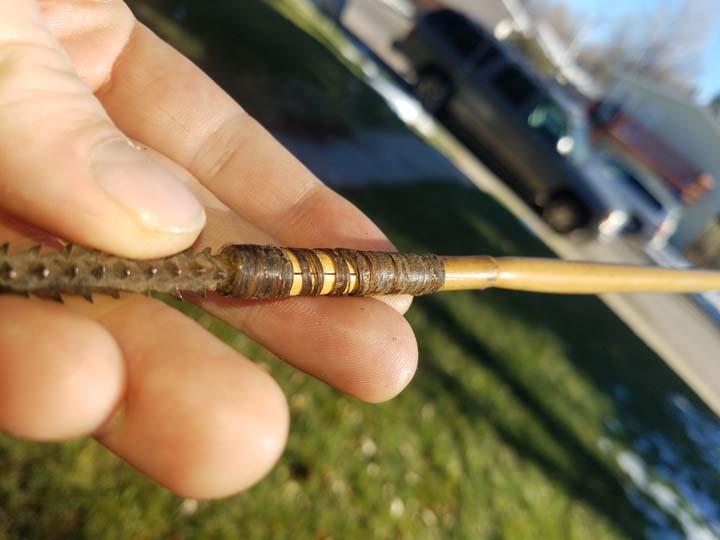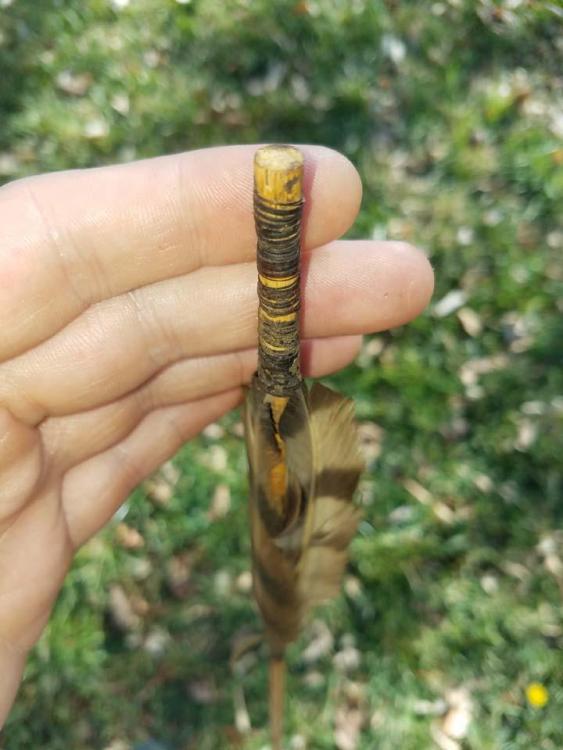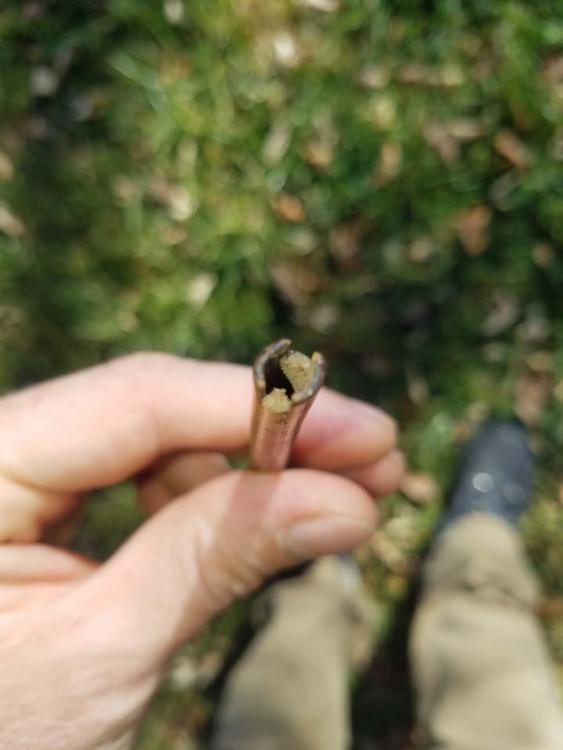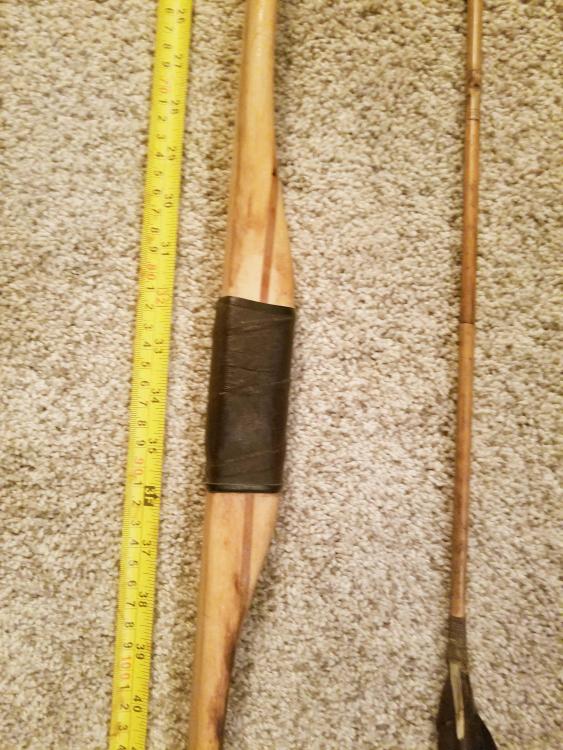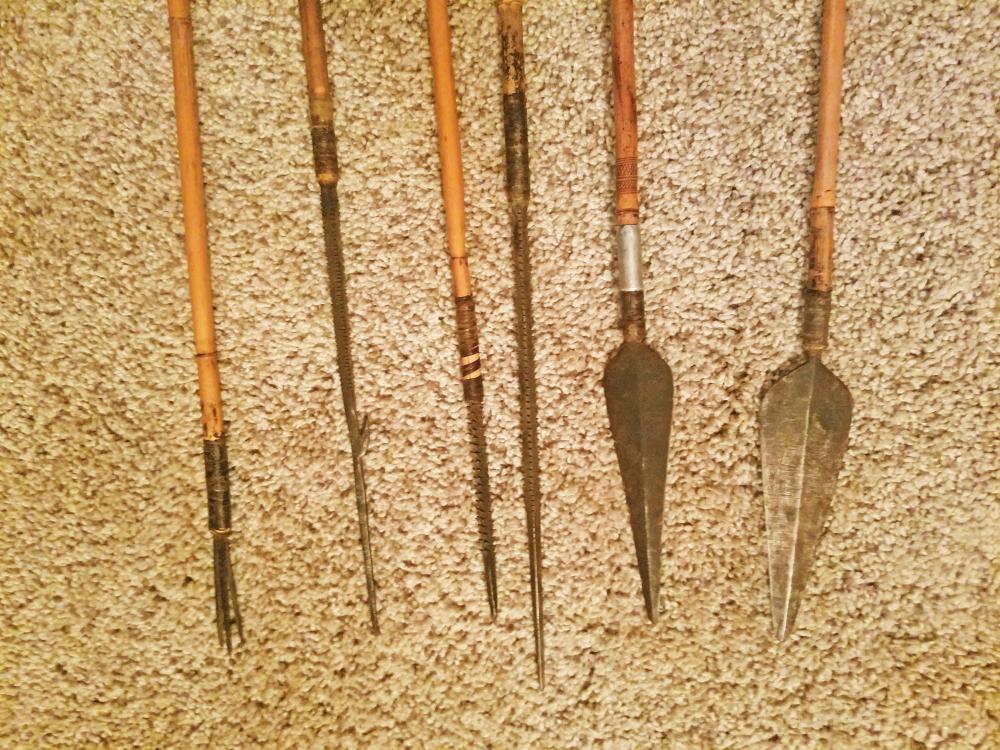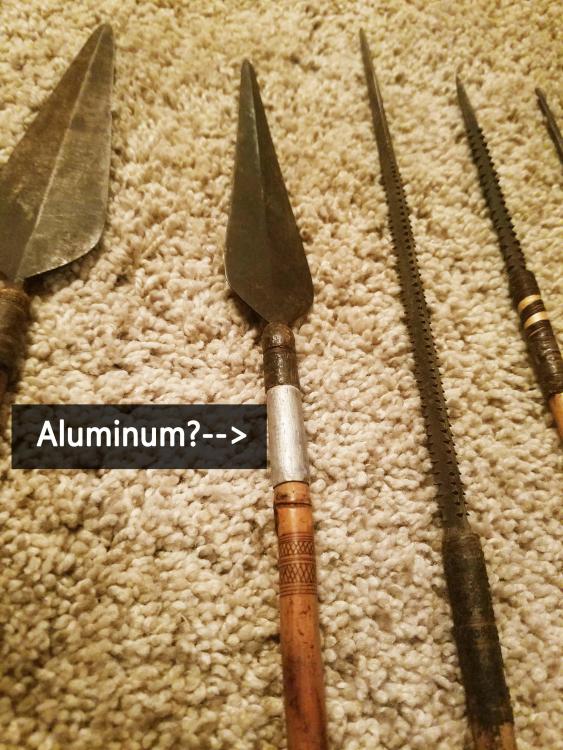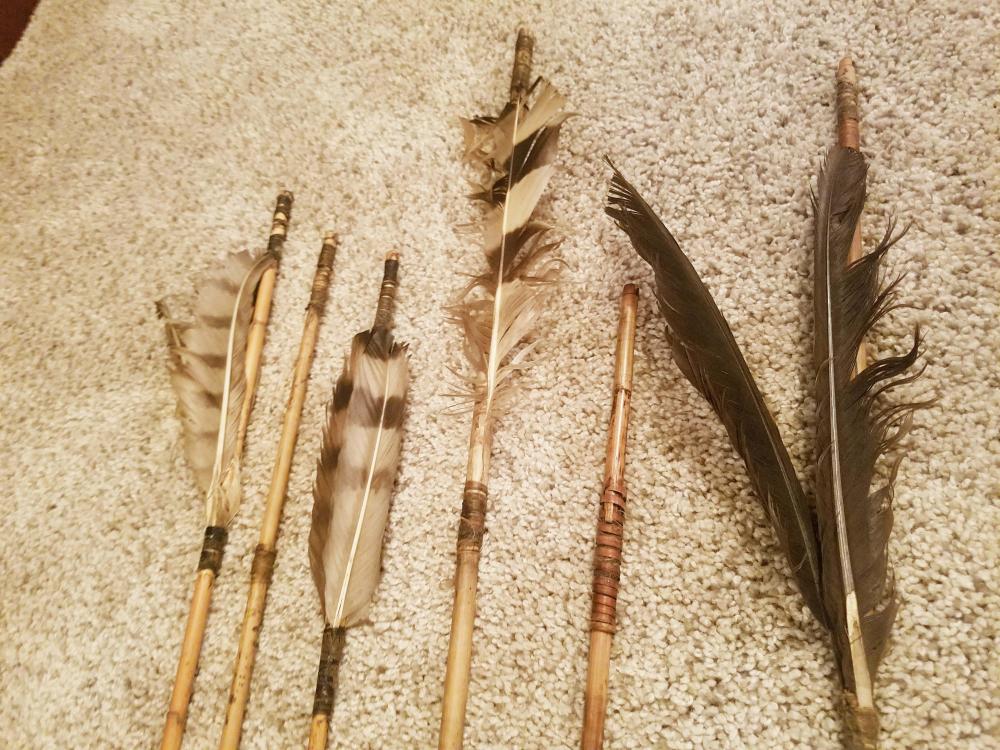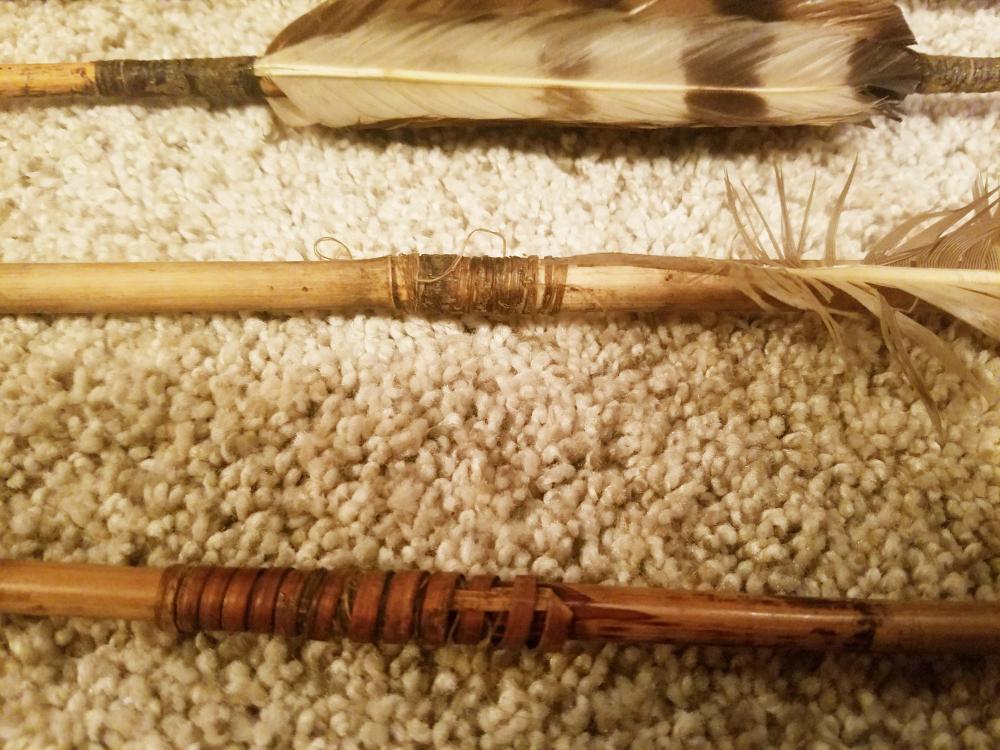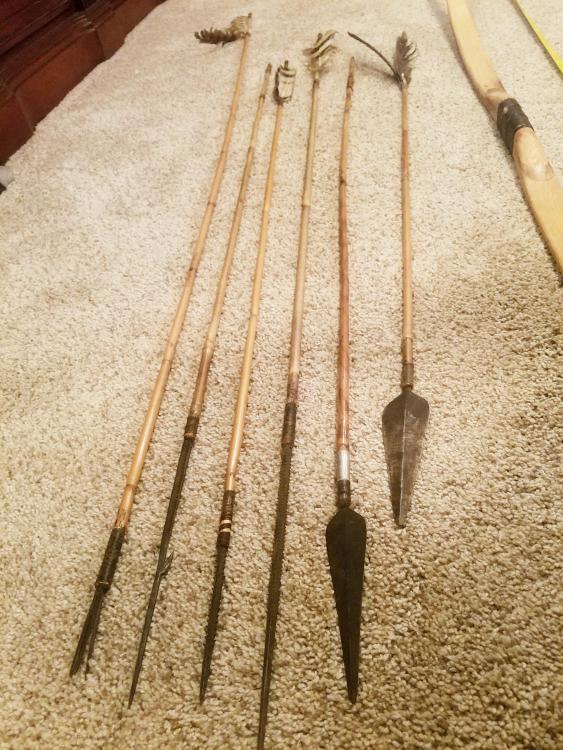
Lmaas1
Standard Membership-
Posts
6 -
Joined
-
Last visited
Content Type
Profiles
Forums
Blogs
Gallery
Events
Store
Everything posted by Lmaas1
-
This has all been very fascinating! I just got back from Belize a few weeks ago where I had a local take me into the jungle, and upriver to his village. This was a very different experience than your field work, but still absolutely amazing. The ingenuity and skills these people use to live in the jungle are astonishing. The landscape and wildlife both seem incredibly unforgiving to me (I'm from Colorado). The insects and infections are ubiquitous and lethal. And yet people thrive in these environments. My guide showed me many interesting animals including howler monkeys, caiman, bats, herons, manatees, rat snakes, tarantulas, turtles, and so many more. I was looking forward to seeing a tapir, but apparently, they are really rare in that area. He also pointed out a lot of the plants and explained their uses for various crafts and medicines. It made me appreciate how adept humans are at adapting their lifestyle to their environment! As a side note, he told me that Manatees taste like bacon, that they are very delicious and filled with marbled fat. He also told me that people are not supposed to hunt them because there are so few left, but his village was exempt from this law because it was a tradition. But the way he side-stepped the question led me to believe that his village wasn't supposed to hunt Manatees either, but no one was going to stop them at their remote village, so they continued to eat manatees like they always had.
-
Again, thank you Rusty for your input! I wish there was a way I could repay you for the time you have invested in my project! To answer your question, yes the fishing arrows are square in the x-section with barbs cut into each edge. I've also reconsidered the arrow with the missing nock. I don't know why it's different than the others, why it doesn't have a notch carved directly into the cane, or why it appears to be plugged (Although the plugging looks deliberate to me, for all I know someone accidentally poked some white mud with it and it just got stuck). There is also no forensic evidence to suggest that there was once a separate nock that slid over the end of the arrow like a cap. I would expect to see a difference in color/wear where an old piece would have sat, like a tan line etched in with age. But I don't see this. In addition, I have been unable to find anything about arrows being constructed with cap-like nocks. So like I said, I don't know why that arrow is different, but I believe that my original guess was wrong. Anyways, if the ribbed lanceolate tips yield any further insights, please let me know! As I have said, you've already provided me with way more info than I could have hoped for and it has been most appreciated! Out of curiosity, what are the lanceolate arrows most commonly used for? I am assuming large game, target practice, and combat are the most typical uses. Is that correct? As far as the repairs go, I never had any intention of removing the original feathers or binding from my arrows. I was intending to supplement them with new feathers and a fine thread, which could always be removed by untying the thread without affecting the arrows in any way. Howvever, I've considered your comment about that detracting from the authenticity of the arrows, and I agree with that sentiment. I have decided to heed your advice, and patch them up as best as I can with a small amount beeswax and leave it at that. I'm glad you were able to repair your own collection! While these are my first antique arrows, I do have quite a collection of other antiques and old scientific instruments that tend to get unintentionally rough handled from time to time, so I understand your pain. Your mother-in-law must have felt terrible! But in my experience, the person that does the breaking tends to feel much worse about it than I do. At least you were able to fix it!
-
I seem to have a few errors in my response, but for the life of me, I can't find an edit button anywhere?! I know I saw one before, where did it go?! lol. Anyways, I noticed I did a poor job revising the paragraph about the foreshafts. Whoops... it should have read like this: "I am a little confused about the foreshafts. You did note that none of my arrows display a long foreshaft, but then said that, “Except for the leister, all of the other arrows may have very short foreshafts.” You also said that sometimes foreshafts are premade with a point already fixed to them. Does this mean that my foreshafts are forged into my arrowheads as one piece? Or that I don’t have long foreshafts, but may have short ones hidden behind the bindings? Or that I don’t have foreshafts at all (which seems to be the case)? With the exception of the arrow with the aluminum repair (and probably that one too, but it’s hard to see without pulling up the binding), all of the arrowheads appear to be directly inserted into the hollow center of the mainshaft, and then wrapped for additional support (I've included a picture) There is no distinct hardwood separating the metal from a long foreshaft, like in the example you pictured in the other thread. If it is the case that these arrows lack foreshafts, does it lend to the idea that these were made for souvenirs? After all, the arrows would be less durable without a foreshaft, but the arrows would also be easier and faster to make, and a tourist would be unlikely to know or care."
-
Thank you Stuka f, Peter, and Rusty for your input! Sorry for my delayed response! Rusty, you have provided me with a wealth of information! Way more than I’ve been able to find anywhere else. I did take another look at the nocks, 5 out of the 6 arrows have nocks carved directly into the mainshaft, and I can see the hollow center of the cane. The 6th arrow looks like it used to have a separate nock that slid over the top of the mainshaft, but has fallen off over the years. The hollow of this arrow is filled with the remnants of the white glue/resin that held the original nock in place. I am a little confused about the foreshafts. You did note that none of my arrows display . There is no distinct hardwood separating the metal from a long foreshaft, but then said that, “Except for the leister, all of the other arrows may have very short foreshafts.” You also said that sometimes foreshafts are premade with a point already fixed to them. Does this mean that my foreshafts are forged into my arrowheads as one piece? Or that I don’t have long foreshafts, but may have short ones hidden behind the bindings? Or that I don’t have foreshafts at all (which seems to be the case)? With the exception of the arrow with the aluminum repair (and probably that one too, but it’s hard to see without pulling up the binding), all of the arrowheads appear to be directly inserted into the hollow center of the mainshaft, and then wrapped for additional support (I've included a picture at the end of this post) mainshaft, like in the example you pictured in the other thread. If it is the case that these arrows lack foreshafts, does it lend to the idea that these were made for souvenirs? After all, the arrows would be less durable without a foreshaft, but the arrows would be easier and faster to make and a tourist would be unlikely to know or care. I’m a little sad that the bow did not originate with the arrows as both you and Peter pointed out, but relieved as well. The laminated wood made me suspicious that the bow (and possibly the whole set) wasn’t authentic, which is why I made sure to take a close up picture of it. But I am relieved that it appears to have originated separately from the arrows, which do still have some interesting history. Of course, it would be fun to know precisely which tribe made these, (like the Guarani or Kaingang) but I am satisfied with what you have told me so far. Mostly I don’t want to hang them up and have people ask me about them and only be able to reply, “I don’t know anything about them.” The information you have shared has been most enlightening. As for repairing the arrows, my intentions were to find some feathers similar to the ones on the arrow and tie them on with a fine thread (without taking off any of the original feathers or binding) which is completely reversible. But I do like the idea of using some beeswax to keep things more authentic (I happen to have some on hand). Anything else you can think of would be greatly appreciated! And thank you again for taking the time to write that response! It’s amazing how little information there is out there for identifying antique arrows. Hopefully, this thread will be useful for any other curious minds trying to learn about arrows!
-
Is this content not appropriate for this website? I found a thread about South American arrows on here which is why I reached out to your community, but I've been waiting for almost two weeks for a moderator to approve my thread. Please advise me on what I need to do differently to get my content approved. Thank you.
-
Hello everyone! I joined this website hoping that one of you might be able to shed some light on some antique arrows that fell int my possession! I'm having a really hard time learning anything about them. These came to me from my grandma, who received them from an old friend of hers she met working the switchboards for the phone company in the 1940's. We can't trace the history past that. My grandma told my dad, who told me, that these are "authentic Native American Indian arrows." Nothing else is known about them. I am trying to determine if they really are American Indian arrows, or if they might be South American Indian arrows, or if they're not really Indian arrows at all, and just really old replicas. The arrows appear to be made of bamboo (I'm guessing). All of the arrowheads are magnetic, indicating that they have Iron in them. One arrowhead has what appears to be an aluminum shaft connecting it to the body of the arrow (could this be a modern repair? I took a close up photo of the aluminum). The nocks are carved directly into the bamboo. The feathers are tied on by hand. The arrows are all about 40 inches long, give or take, except the 3 pronged fishing arrow, which is 60 inches long. I also have a bow that came with the arrows. The bow is 67 inches long and has a leather-wrapped grip. It appears to have three layers of laminated wood at the grip. I tried to capture this in the photo. Anything you guys can tell me would be greatly appreciated! I hope they turn out to be real, but I won't be heartbroken if they are not. My end goal is to refurbish them and turn them into a display piece, as long as that doesn't decrease their value... Thanks!


